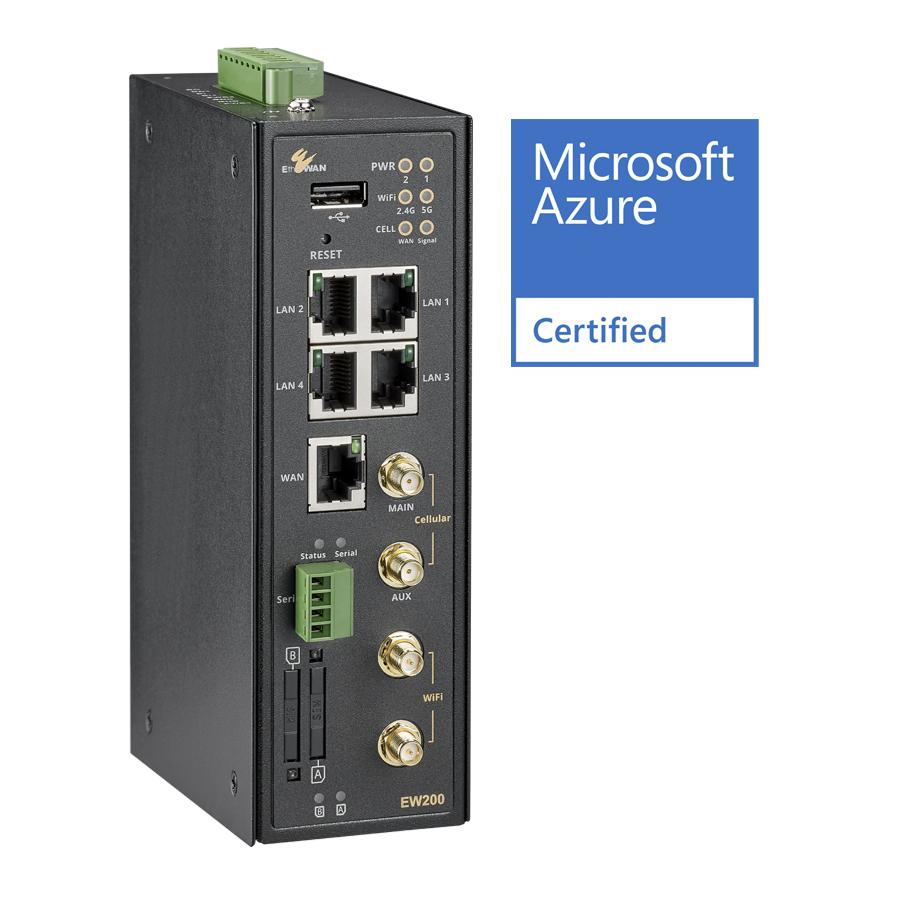Pandemic Prevention – Networked Thermal Imaging Cameras

Background
In 2020 the COVID-19 virus spread rapidly around the world. In addition to medical treatment of those infected, public steps to prevent group infections became extremely important.
Persons infected with COVID-19 will generally have high fever symptoms. Infrared thermal imaging cameras can quickly identify people with high body temperatures. People who have high temperatures can then be directed to the appropriate medical facility for assessment and encouraged to isolate. Scanning is instantaneous, there is no contact, and data can be viewed from a distance, resulting in minimal disruption and low risk of cross-contamination or danger to the camera viewer.
Thermal imaging cameras are widely used in subways, trains, airports, government offices & commercial buildings for epidemic detection. The collected data must be transmitted and stored in a data center for analysis and tracking purposes. Many thermal camera systems also include facial recognition capabilities. This allows for the identification of people who trigger an alert. This type of data requires secure collection and transmission in order to satisfy privacy concerns.
These infrared detection systems are designed to be portable, so they can be transported and set up where needed, such as at a sporting event. 4G/LTE solutions provide not only mobility, but also stable data transmission and data security through secure VPN encryption.
For equipment deployment supervision, the gateway must have the ability to report product status regularly, such as 4G connection status, RSSI, and VPN tunnel status.
Considering that the epidemic has no signs of ending, the durability and warranty period of the equipment needs to be extended, to cope with long-term outbreaks.

The Challenges
Legacy data collection systems required on-site installation in order to keep records. The deployment is troublesome, and the systems have poor mobility. The collection of data from multiple locations is not easy, and the tracking and storage of data is very difficult.
System requirements include:
- 4G/LTE deployment
- VPN Encryption
- Transmission stability
- High portability
- Signal reporting
- Industrial level quality
- Long term warranty
The Network Solution: EW50 Series
EtherWAN's EW50 industrial 4G gateway solution is perfect for this kind of application. The EW50 is an intelligent industrial grade 4G gateway designed for critical infrastructure and industrial applications. It features a metal housing with fanless cooling and IP30 protection against particle ingress. It supports dual SIM cards for failover, ensuring that data flow remains largely uninterrupted. The EW50 is also equipped with a host of firewall functions, including packet filter, URL blocking, content filter, MAC Control, application filter, and intrusion prevention system (IPS).
Installed at monitoring locations, the EW50 is connected to the thermal imaging cameras. It then uses a VPN and its 4G Internet connection to relay imaging data to a centralized control center. This robust 4G solution provides stable and dependable data transfer for thermal imaging systems, and helps keep societies safer worldwide.
Frequently asked questions about Cellular Gateways
- What is an industrial cellular gateway?
Industrial Cellular Gateways are used to connect remote devices even when it is not possible to connect with standard Ethernet cabling. The gateways play an important part in SCADA connectivity, M2M communications, and IoT deployments. - What is the difference between modems and gateways?
A modem is a combined device for modulation and demodulation of the digital data of a computer and the analogue signal of a phone line. Gateways are more complex, combining the functions of modems and routers.
Related Products:
EtherWAN – " When Connectivity is Crucial "
► For more information, please contact: info@etherwan.com.tw







